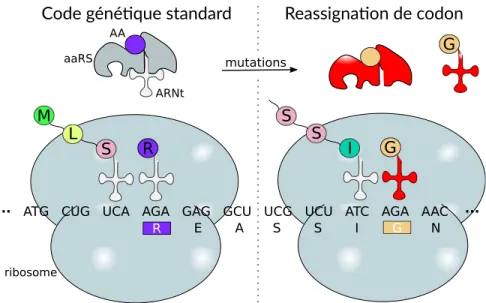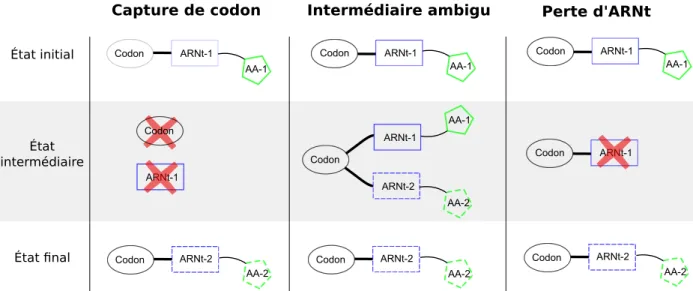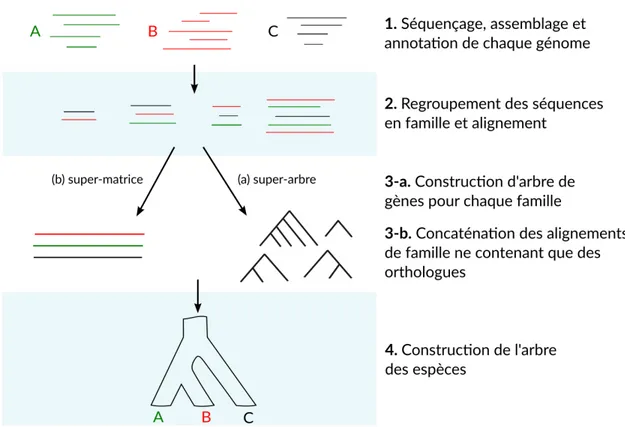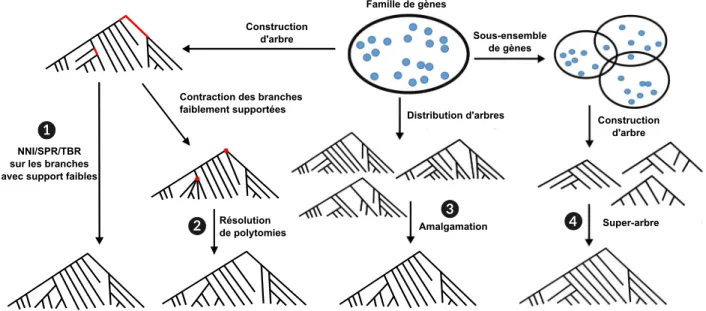Méthodes et algorithmes pour l’amélioration de l’inférence de l’histoire évolutive des génomes
Texte intégral
Figure

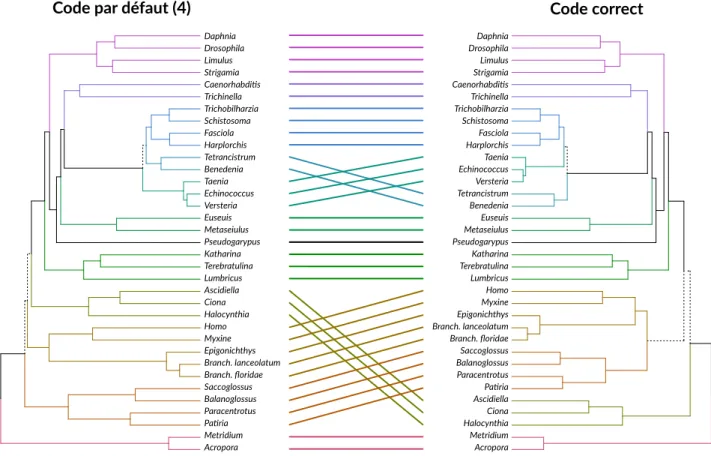

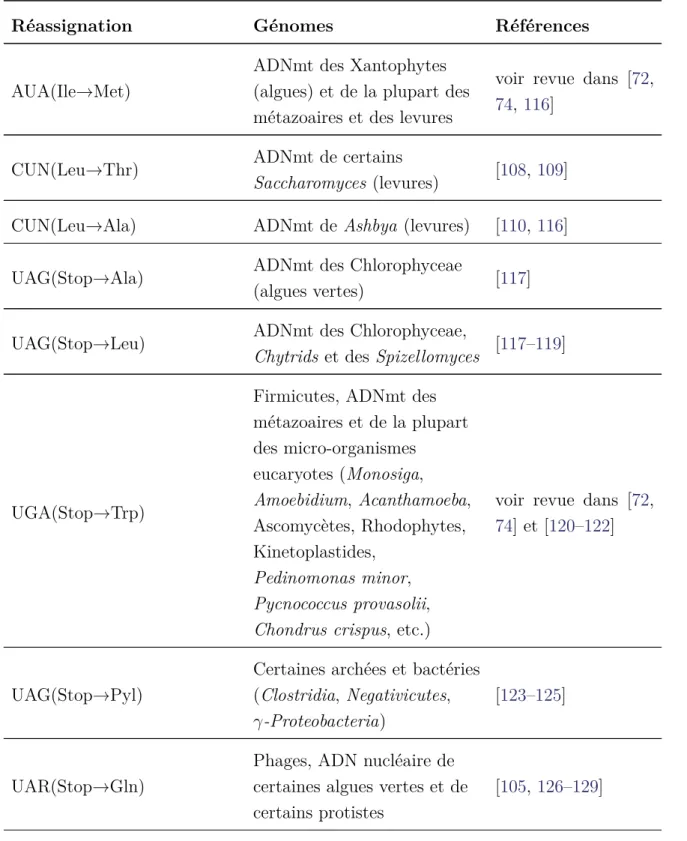
Documents relatifs
Another example is the work proposed in [9], where the authors exploit transfer learning approaches to adapt a WiFi localization model trained in one time period (source domain) to
Moreover, the LEM method also identified new genes that were “algorithm-specific.” Fortunately, the cellular distribution of all these genes (shared or specific) was fairly
When the transcription rates were slowed by diluting both UTP and rNTPs, there was still a slight preference towards the WRC hotspot motifs but activity also peaked at
If we allow ancestral genomes with an arbitrary archi- tecture (including a mixture of circular and linear chromo- somes in the same ancestor), an evolutionary history with score 75
The genetic differences between the adult trees and the harvested seeds and the danger of genetic drift regarding to different seed sampling strategies are investigated by use of
In the present work we follow this path, and we attack the following parsimony problem: given a set of gene trees, find a bipartition of the considered genomes into two
The pro- gram incorporates and utilizes for its computations input information on all the following: (i) all genes in the system about which there is specific spatial
In this paper, we obtain several new continuous selection theo- rems for multi-valued mappings on completely regular spaces and fixed point theorems for multi-valued maps
